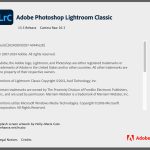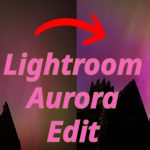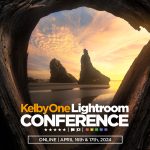One of the new features of Lightroom 4 is the ability to create Lossy DNG. Lossy DNGs are created by looking at the original file, establishing a tone curve for the file, then using a JPEG algorithm on the file to make it take up less space. It still has all the characteristics of the Raw file, like Kevlin based White Balance etc, and the dynamic range, but in a file roughly 1/3 of the original.
You can convert files to DNG in Lightroom and have them either overwrite the original (which is not good archival practice) or have Lightroom remove the original from the catalog when the DNG is created. The original file is still on the disk, just not in the Catalog.
I do have 2 uses for Lossy DNG. One is to reduce the load on disk with non keeper images from shoots by converting them to Lossy DNG and deleting the originals. There’s only a very slim chance of a client coming back for these ones, but having a Lossy DNG version means there’s full processing capability there. The original files have already been backed up anyway, so it’s just a practical use for reducing drive space. Most of my work lives on a 4TB drive runs as a Raid 1 2TB drive, which means I can transport it if needed.
The second use is for sending selects from headshots shoots to Dropbox as both immediate backup and quick access when I get home. I prefer working on the Mac Pro at home over the studio iMac (glossy screen) or the Macbook Pro. Sending to Dropbox means I can start working with the files immediately.
To do this I filter down to the final selects in Studio, and select them. I then click on Export in the left panel of Library to begin.

For the Export Location, I choose a folder inside my Dropbox folder. In File Settings, I choose DNG as the filetype, and set the compatibility to Camera Raw 6.6 and later. Obviously this reduces the programs that can currently reading the file, but as I’ll be importing into Lightroom 4, it’s not an issue for me. Once the compatibility is set, the ‘Use Lossy Compression’ option becomes available. I select this to reduce the file size. I should mention that you can also choose the reduce the pixel dimension of the file. For example I could choose to reduce my 21MP file to a 12MP to reduce even more space. As headshots are printed at 8″x10″, this is more than large enough to suffice. Generally speaking, I don’t.
Once the settings are in, pressing Export puts the DNG file in my Dropbox, where it’s automatically uploaded and available to all my connected devices.











